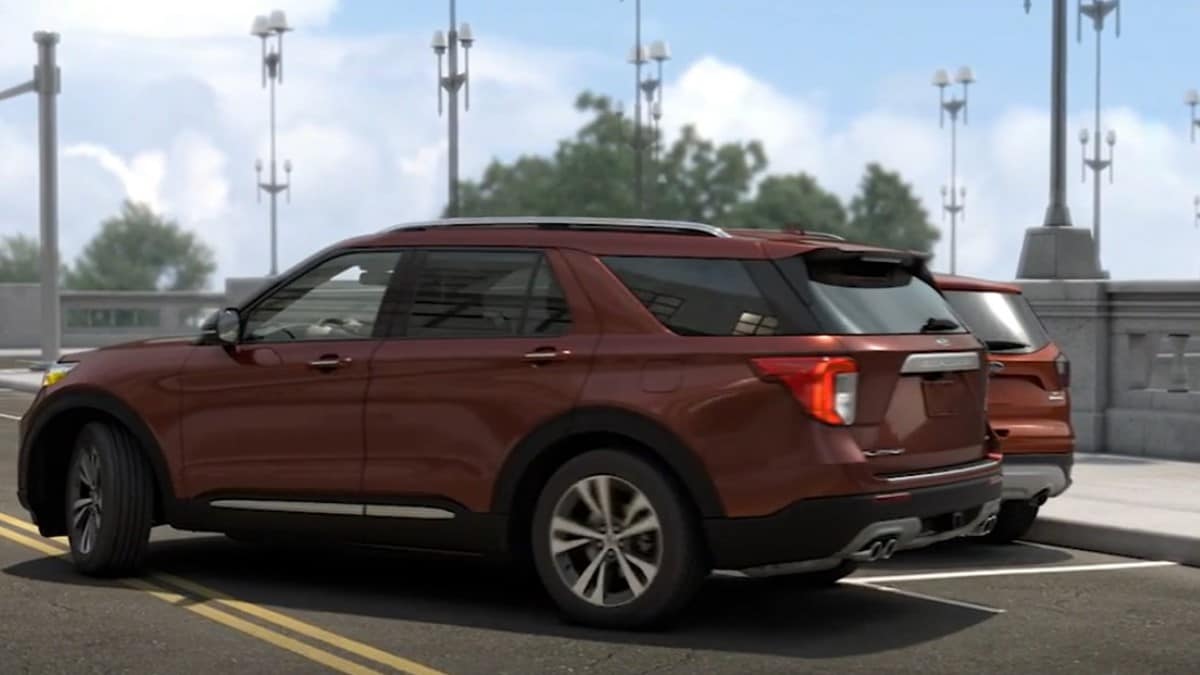Ford Motor Co. wants to cut its costs. To get there, it’s trimming some features from its cars. But buyers likely won’t notice. Ford thinks that with the technology bloat common to today’s cars, it can save a fortune by removing features nearly no one uses.
Ford Still Profitable
The company is in no danger. Its 2023 revenues were over $176.2 billion, according to the company’s recent fourth-quarter and full-year financial reports. After expenses, the automaker reported its full-year net income was $4.3 billion last year, despite a $526 million loss in the final quarter of 2023. The company lost $2 billion in 2022.
That $4 billion-plus profit comes even after a 46-day United Auto Workers strike that, Ford estimates, cost the company $1.7 billion.
But It Knows Which Efforts Are Wasted
But industry journal Automotive News reports Ford “plans some big cost cuts as part of a drive to boost profitability and beat back inflation, including removing some once-ballyhooed features from its vehicles.”
Vehicle telematics data gives automakers insight into how you drive. Most of today’s new cars are always connected to the internet and collect data on how they are used.
Related: What Is Telematics?
That has caused some privacy advocates to cry foul — digital privacy researchers from the Mozilla Foundation recently cited cars as the single worst privacy threat of any technology they’d ever studied.
But the data also lets automakers improve their products. In some cases, by subtraction.
During a conference this week, Ford Chief Operating Officer Kumar Galhotra told investors, “Connected vehicle data here is very important because it helps us see what we’re providing, whether the customers are using it or not.”
First Thing To Go: Parallel Parking Assist
As an example, he pointed to automated parallel parking. Some Ford and Lincoln vehicles include “an auto-park feature that lets the customer parallel park automatically. Very, very few people are using it, so we can remove that feature. It’s about $60 per vehicle,” he explained.
We’ve tested the feature, and while it does exactly what it says it will do, it takes longer than a moderately seasoned driver would.
Galhotra didn’t offer other examples of features Ford could remove. But, even without access to telematics data, we know that studies have shown that buyers dislike in-car shopping features and gesture controls.
Head-up displays also prove unpopular in studies, though recent technological improvements may improve the technology’s reputation.








